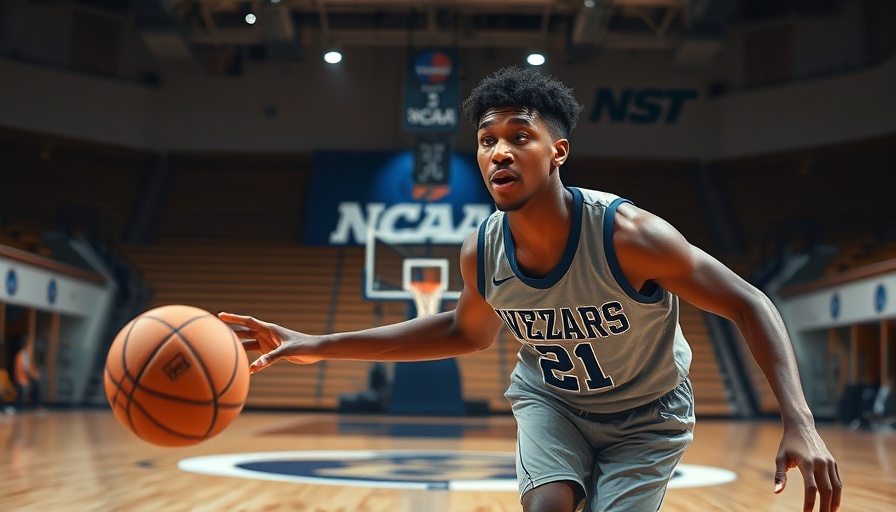
A Pivotal Change in College Sports
A major shift is occurring in the world of college athletics with the recent approval of a $2.7 billion settlement in House v. NCAA, which signifies the end of the longstanding tradition of amateurism. Starting this fall, NCAA Division I schools will be for the first time permitted to pay their athletes directly. This monumental change, hailed by NCAA President Charlie Baker as overdue, introduces a salary cap of $20.5 million per school for player payments, opening doors to fair compensation for collegiate athletes participating in high-revenue sports.
Understanding the Settlement
The settlement itself consists of two main components. First, it addresses the past: approximately $2.75 billion will be redistributed to former college athletes who previously were barred from earning income during their time in school. The second component looks to the future, allowing current athletes to benefit from their association with their university's lucrative sporting programs. Specific payouts will favor men’s football and basketball players the most, reflecting the substantial revenues these sports generate.
The Evolution of College Athletics
Historically, the NCAA maintained strict amateurism rules, allowing schools to offer only scholarships covering tuition and living expenses. However, as financial revenues from broadcasting, ticket sales, and sponsorships have skyrocketed into billions, advocates for athlete compensation argued that the playing field must be leveled. This settlement is a product of years of advocacy and lawsuits initiated by former athletes, marking a transformative moment in how collegiate athletes are viewed and compensated.
What This Means for Future Generations
With this ruling, college sports may welcome a new era where athletes can directly benefit from their talents and hard work. It challenges the status quo and prompts discussions on the broader implications for educational institutions and the integrity of amateurism. As schools adapt to these changes, it raises questions about the long-term impact on student-athletes' experiences, academic commitments, and prospective career paths.
Conclusion: The Future of College Sports
This landmark decision not only redefines financial dynamics in college athletics but also sets a precedent for how amateur athletes will be treated moving forward. The impact of this settlement will be felt well beyond the fields and courts, potentially inspiring similar moves in other collegiate sports. As the landscape continues to evolve, stakeholders—athletes, educational institutions, and policy-makers alike—must engage in meaningful dialogue to navigate this new reality in college sports.
 Add Row
Add Row  Add
Add 




Write A Comment